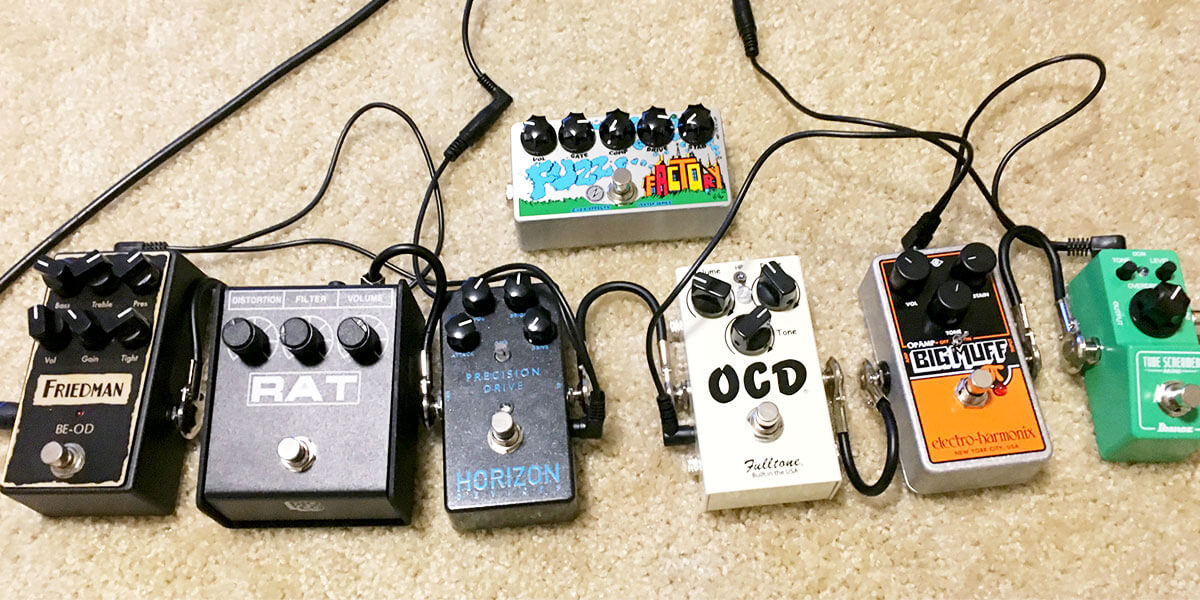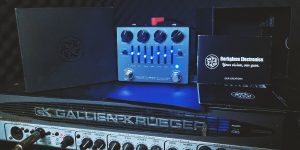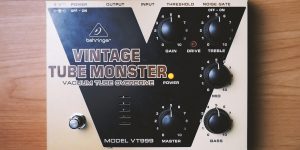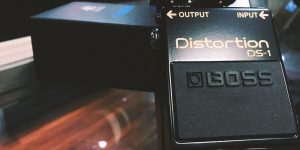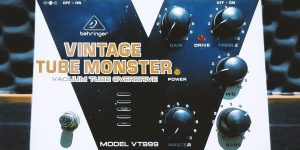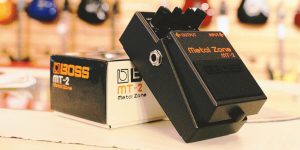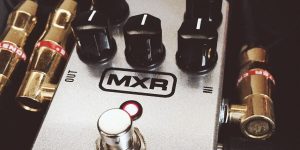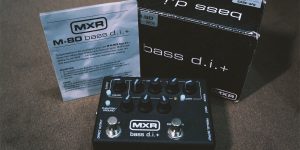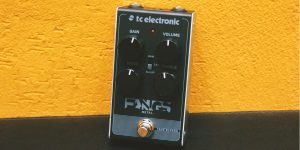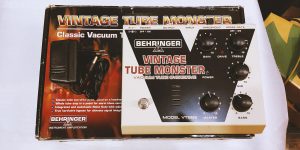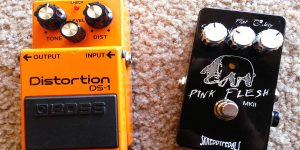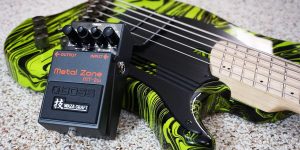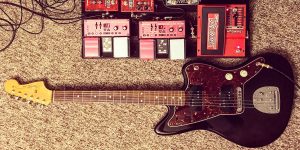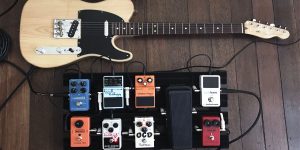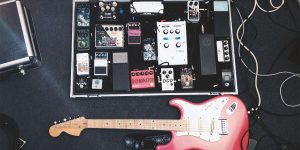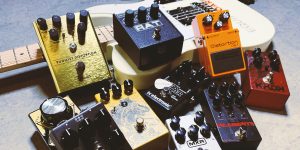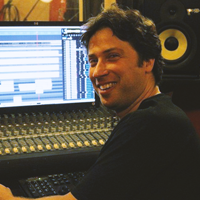If you’re a fan of heavy sound and crave that scorching guitar tone, you’ve probably heard of distortion, overdrive, and fuzz pedals. These three effects are the holy grail for shaping your sonic landscape. In this article, I’ll guide you to unravel the mysteries of distortion vs. overdrive vs. fuzz.
We’ll discuss the difference between distortion and overdrive, research the eternal battle between overdrive vs distortion, discuss how each of these pedals works, and explore the unique sonic effects they can create. Let’s get started!
Distortion pedals
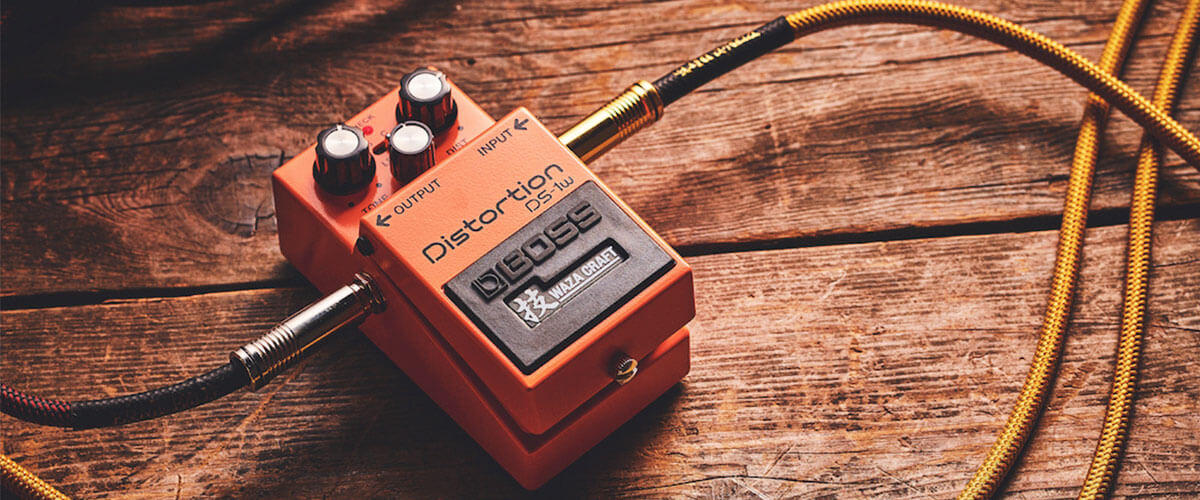
So, what’s the deal with distortion pedals? Well, their primary function is to take your clean guitar signal and crank up the gain, giving your sound a gritty, saturated quality. This results in a rich, hard sound that is perfect for creating heavy tones and unleashing some serious sonic power.
Distortion pedals find their home in various musical genres, but they’re most commonly associated with rock, punk, metal, and even some blues. Have you ever wondered how legendary guitarists like Jimi Hendrix, Eddie Van Halen, or Metallica achieve their iconic tones? Distortion pedals are often the secret sauce!
Now, let’s talk about the pros and cons of these devices. On the plus side, distortion pedals can turn a modest setup into a face-melting rig, and they’re super versatile for experimenting with different textures. However, they can sometimes muddy up your sound if used excessively, and not all distortion pedals are created equal – quality matters.
Some popular distortion pedal examples to get you started include the classic Boss DS-1, the versatile Pro Co Rat, and the high-gain beast, the Electro-Harmonix Big Muff.
Overdrive pedals
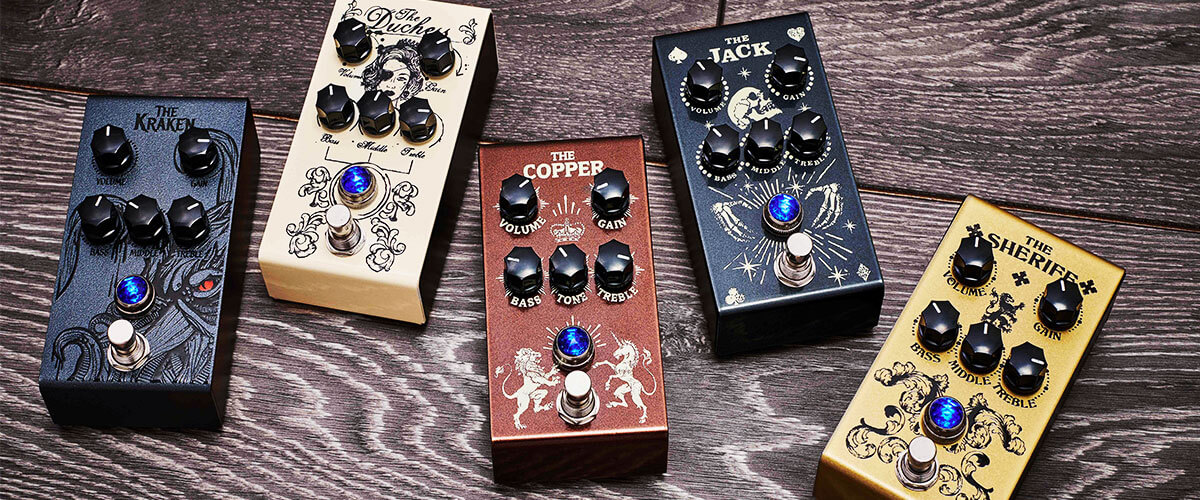
At its core, an overdrive pedal is like a magic wand for your guitar tone. It takes your clean guitar signal and cranks it up a notch, emulating the warm, harmonically rich sound of a tube amp pushed to its limits. This effect is like the “hidden power” behind the classic rock, blues, and even some country tunes you love.
The beauty of an overdrive pedal lies in its simplicity. You control the amount of “drive” or distortion with a simple knob, allowing you to go from a gentle grit to a full-on sonic explosion. It’s the go-to tool for players who want to add extra punch and sustain to their sound without going into heavy metal territory.
Pros? It’s your ticket to achieving iconic tones from legends like Eric Clapton or Jimmy Page. Plus, it’s super versatile, fitting into a wide range of musical styles. But beware, it’s not meant for everyone – if you’re into pristine, crystal-clear tones, this might not be an optimal solution.
Popular examples of overdrive pedals include the classic Ibanez Tube Screamer, the Boss OD-3, and the Pro Co Rat.
Fuzz pedals
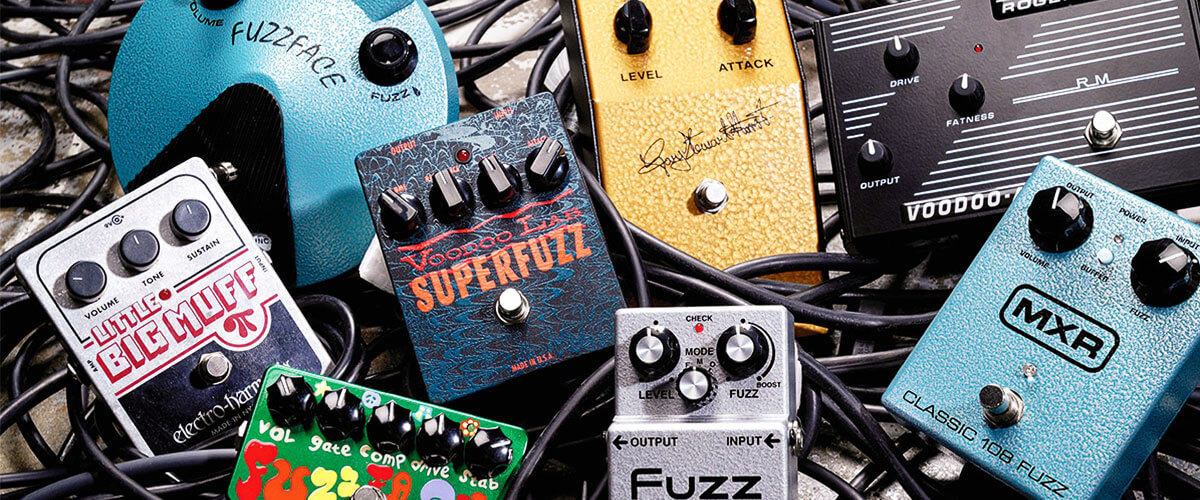
A fuzz pedal is another magical little box that takes your guitar’s clean signal and turns it into a raw, raucous explosion of sound. It achieves this by heavily distorting the signal, resulting in a tight, long-lasting, and extremely clipped sound. Imagine the growl of a vintage amplifier pushed to the extreme, and you’re in the right ballpark.
Fuzz pedals are beloved by a wide range of musical genres. Rock’ n’ roll, blues, psychedelic, and even some punk and metal styles rely on fuzz to create that iconic, larger-than-life tone. Think of Jimi Hendrix’s face-melting solos or the raw power of early Black Sabbath – all thanks to the fuzz!
Now, the most interesting part – the pros and cons. Fuzz pedals are simple to use and add character and warmth to your sound. They’re perfect for unleashing your inner “rock monster.” It’s like Venom asking to be let out and let his emotions come out. However, they may not be your go-to for clean tones, and they can sometimes get a bit noisy.
Some popular examples of fuzz pedals include the iconic Electro-Harmonix Big Muff, the versatile Pro Co Rat, and the boutique classic Fuzz Face.
Key differences
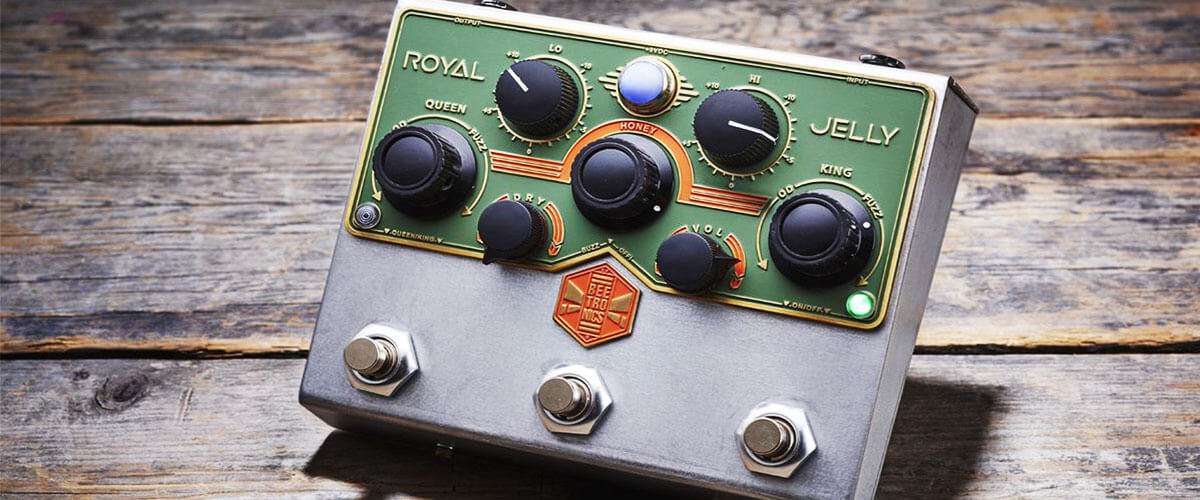
Next, you and I will look at the key differences between three heavy hitters: distortion vs fuzz vs overdrive. As you may have realized by now, these devices can shape your guitar’s tone in unique ways, and understanding when to use them can elevate your sound game.
- Distortion: It is the wild child of the trio. It produces a saturated, aggressive sound by clipping the waveform. This device is perfect for genres like rock and metal, adding grit and sustain. Choose a distortion pedal with EQ controls for versatility.
- Overdrive: This one delivers a smoother, warmer breakup, often associated with blues and rock. It emulates the natural growl of a cranked tube amp. For jazz and blues, overdrive can be your companion. Place it before fuzz for a more articulate sound.
- Fuzz: Last but not least, it is the most extreme of them all, creating a thick, buzzy tone. Think of Hendrix’s “Purple Haze.” It’s excellent for psychedelic and experimental music. Fuzz before overdrive for chaotic textures or after for a smoother fuzzed-out lead.
Dynamic response
Distortion and overdrive pedals respond well to your playing dynamics, from soft to hard. Conversely, Fuzz tends to compress your signal, making it less sensitive to picking intensity.
Effect order
Should you place fuzz before or after overdrive/distortion? The choice depends on your desired sound. Placing fuzz before adds more chaos and unpredictability while placing it after creates a smoother, harmonically rich distortion.
Hardware compatibility
Different guitars, amps, and pedals can interact uniquely with these effects. Experimentation is key. For instance, single-coil pickups and Fender amps love overdrive, while humbuckers and Marshall amps often crave distortion.
In summary, choose your pedal wisely based on your musical style and gear. The order of effects matters, too. Don’t be afraid to experiment with different combinations to create your signature sound. Happy shredding!
FAQ
Do these pedals work well with bass guitars?
In my experience, using guitar pedals with bass guitars can be a bit tricky. They often don’t translate as effectively due to differences in frequency ranges and the demands on low-end frequencies. For a detailed answer, check out my article: Сan you use guitar pedals for bass?
How do these pedals affect my amp clean channel vs. the drive channel?
These pedals interact differently with your amp’s clean and drive channels. If you use them with a clean channel, they’ll become the primary source of distortion or fuzz, giving you more control over your tone. When used with a drive channel, they can enhance and shape the amp’s distortion, creating a layered, complex sound. Experiment with both setups to find the balance that suits your style.
How important is pedal placement in the signal chain?
Correct pedal placement can produce very good results. Generally, distortion and fuzz work the most optimal when placed early in your signal chain, before time-based effects like delay and reverb. Placing them before modulation effects (e.g., chorus or phaser) can also yield interesting results. Experimentation is key; try different orders to discover your ideal setup.
Are there hybrid pedals that combine these effects?
Yes, there are hybrid pedals that combine distortion and fuzz effects, offering versatility and unique tonal options. These pedals let you switch between different clipping circuits, allowing you to access a wide range of sounds in one unit. They’re great for players who want flexibility without needing multiple pedals.
Does the type of guitar I have affect how these pedals sound?
Of course, your guitar type can significantly impact how distortion and fuzz pedals sound. Humbucker pickups tend to provide a thicker, warmer tone, ideal for handling high-gain distortion. On the other hand, single-coil pickups produce a brighter, sharper tone, which pairs well with fuzz for added clarity and definition. So, your choice between humbucker vs. single-coil pickups can shape your pedal-driven tone.

